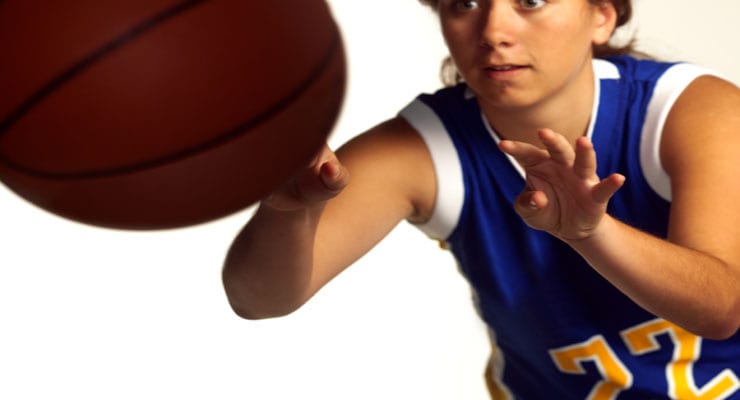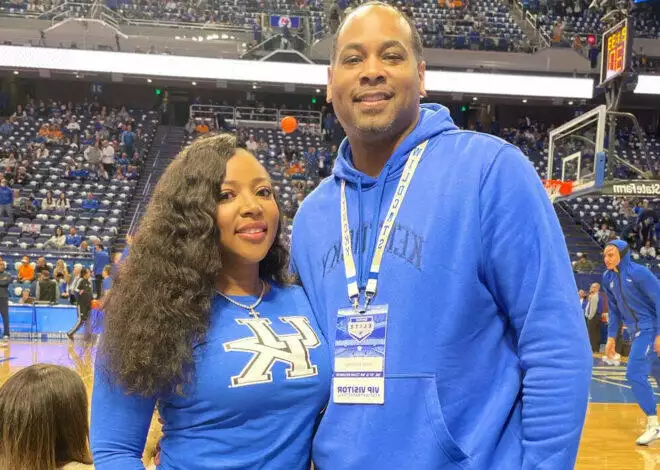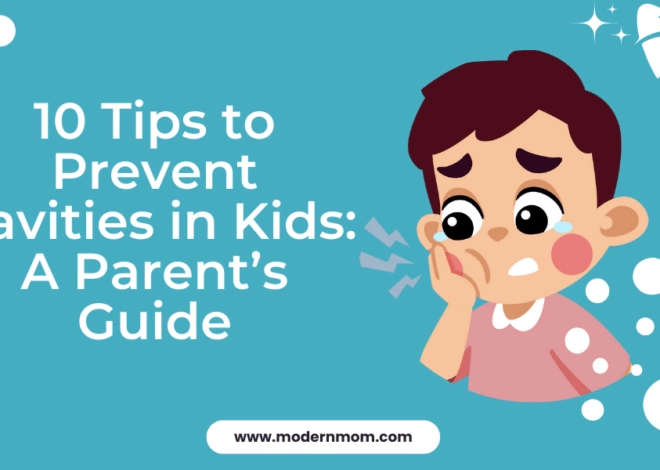
Girls: One of the Fastest-Growing Sports Markets — and Most Ignored
Last August, a girl made sports headlines.
Mo’ne Davis, 13, appeared on the cover of Sports Illustrated after she became the first girl to pitch a shutout game in Little League World Series history.
Wait a minute. A teenaged girl on the cover of SI. Not wearing a bikini?
Another young female athlete also recently made the news. Twelve-year-old McKenna Peterson signs her correspondence “The Fabulous Basketball Player.” In disgust, she wrote Dick’s Sporting Goods — with nearly 600 stores nationwide, one of the country’s largest sports distributors — to protest the lack of female athletes in their catalog. (There was one, a fan on the bleachers watching the boys play.)
McKenna got a personal response from Dick’s chief executive Edward W. Stack. The Pittsburgh-based company emphasized its commitment to girls as customers. He also claimed plans to highlight girls equally in future marketing efforts.
Mo’ne Davis and McKenna Peterson created news because the reality is that girls, and women overall, have long been largely ignored by the $145 billion sports industry and sports-related advertising and media.
Women athletes have come a long way since 1972 when Title IX legislation forced federally funded educational institutions to provide equal athletic support for girls and boys. Yet the sports world continues to largely ignore women despite impressive statistics about how much we play and spend on sports:
- More than 19 million girls played basketball, soccer and volleyball last year, according to the National Sporting Goods Association
- American girls’ participation in sports has been growing a whopping 50% a year over the last half-decade
- Women account for the vast majority of sports apparel and equipment purchase decisions, Nielsen research shows
I have 12 and 16-year-old daughters who are avid volleyball, basketball and soccer players. I love playing and watching sports myself. Like a lot of moms and dads, I know firsthand that the majority of our household sports budget is spent on, and by, the three females in our five-person family.
Missing a lucrative opportunity, many short-sighted sports companies just apply the “shrink it and pink it” approach to women’s apparel, offering women smaller, pastel versions of men’s clothes, instead of the equipment we want and need. About 40 percent of American athletes are female, yet only 4 percent of media coverage goes to female sports. A 2010 study of ESPN’s SportsCenter found that only 1.5% of national and local airtime was devoted to covering women’s sports, the lowest in two decades of research.
This sports bias is unfair to our daughters, yes — young girls who love sports as passionately as boys do.
It also shows how myopic sports businesses and sports media outlets can be.
But this isn’t just about sports.
There are few markets more dominant in U.S. culture, in terms of shaping how men treat women in our country, than professional sports and their accompanying advertising and media coverage. In the sports world, men are supersized and powerful. Women are pretty cheerleaders and fans, silent except when we cheer for men.
This skewed worldview warps how we all see women every day of our lives.
Take Ray Rice. As the world now knows, last Valentine’s Day the NFL player coldcocked his fiancé Janay Palmer into unconsciousness in an Atlantic City elevator. Yet it took months for the NFL to penalize Rice and enact tougher NFL sanctions against relationship violence. Despite the fact that three women are killed in America every day by abusive partners,appropriate punishment may never have occurred except for the outrage female fans expressed via Twitter and NFL sponsors who listened to women’s protests and in turn pressured the NFL to react responsibly.
For too long, the sports world has simply not cared about issues that impact women and girls. NFL commissioner Roger Goodell admitted as much during his September 19, 2014 press conference when he explained that ignoring women’s voices and concerns is part of the reason the League “got it wrong” in minimizing punishment for domestic violence committed by players. Goodell committed to correcting the NFL’s “oversight” in the future, a promise I hope this bastion of masculinity keeps.
In the meantime, we can all use our voices to close the gender gap in sports. Here are five things parents — and the athletes we are raising — can all do to correct this imbalance:
- Become aware of, and protest, the lack of female athletes in the catalogs, magazines, advertising, and network coverage that you allow in your home
- Coach amateur sports yourself and set an example that is fair and inclusive to girls; be a fan on the sidelines who cheers as loudly for your daughters as you do your sons
- Buy from companies that support women’s and girls’ sports participation, like UnderArmour, Athleta, and Lululemon
- Ask your kids’ schools about their Title IX records and make a stink if they aren’t supporting girls’ athletics with funding equal to boys
- Get your kids involved in female-centric sports events, such as fun runs to raise breast cancer or relationship violence awareness, or ongoing clubs like Girls on the Run. You can find more examples of transformational ways to support girls’ athletics through the Women’s Sports Foundation




